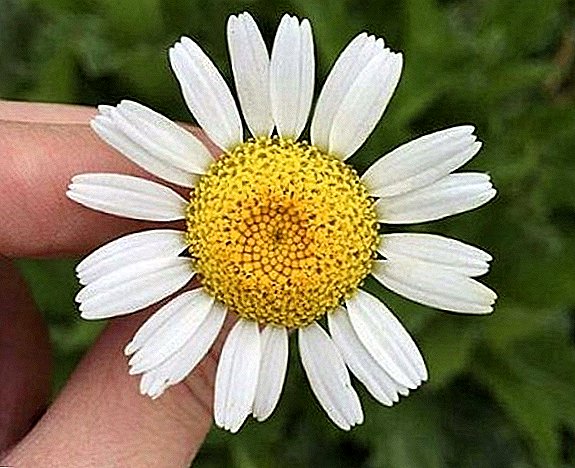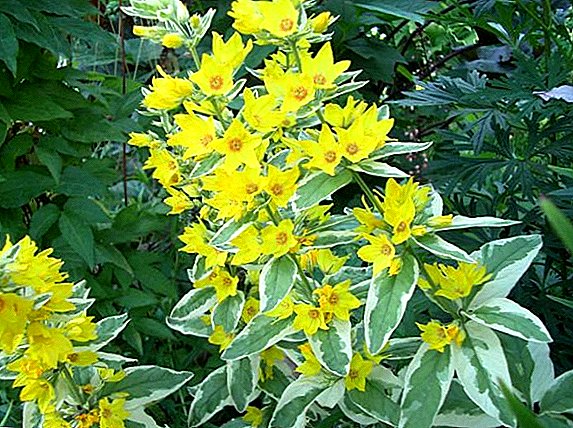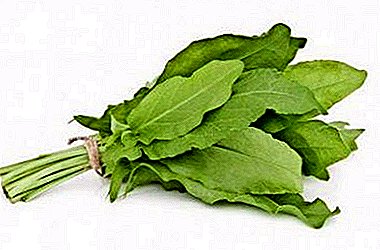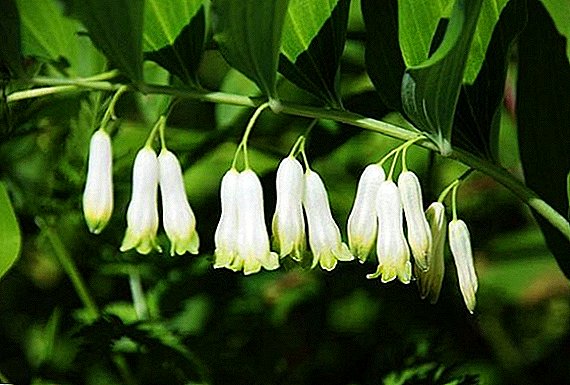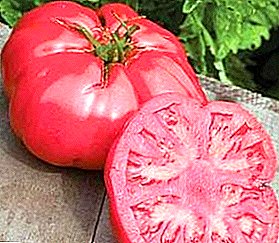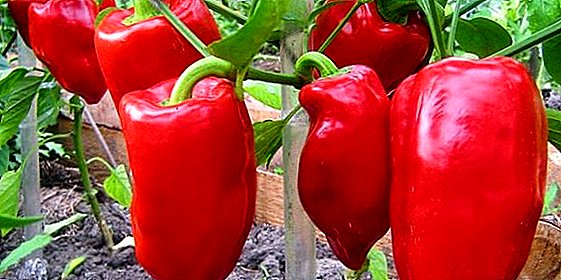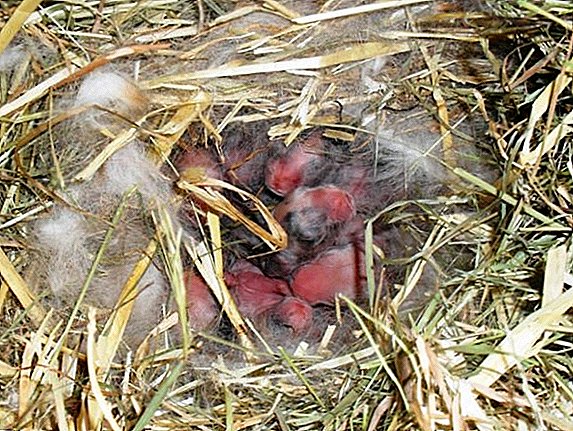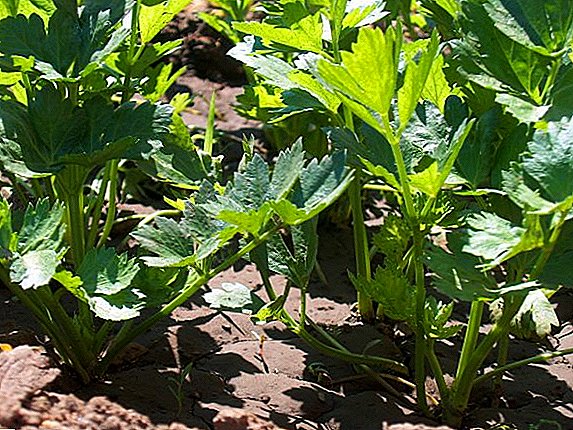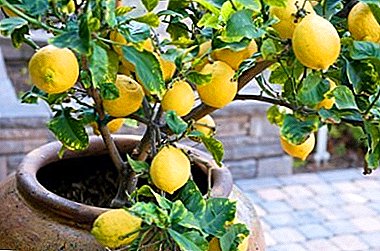
Citrus fruit in Russia is more than 280 years old; for the first time, lemons were brought in under Peter I.
The practice of growing lemons at home has become particularly popular during the Soviet era, and the interest in growing citrus fruits has not cooled yet.
Lemon - a plant that is quite demanding to care, and that it starts to bloom and bear fruit, you you need to create ideal conditions for it.
Everything matters - lighting, watering frequency, air humidity, soil composition, the presence of drainage; any mistake will necessarily affect the appearance of the plant.
In this article we will talk about what kind of land is needed for lemon.
What soil is needed?
And so, what soil is needed for lemons? What land to plant a lemon?
- Lemon roots have no hairs, so it is more difficult for them to absorb nutrients from the soil than other plants. For this reason, the soil in the pot should consist of small particles, the presence of earth lumps is unacceptable.
- To ensure the flow of oxygen to the roots in the ground add drainage (sand with small peat particles).
- The soil for lemons cannot be too acidic, its PH should be about 7 (can be determined using a special device - ionometer). Sour soil can be neutralized by adding some chalk to it.
- The nutrients contained in the land, lemon enough for a maximum of a year, so in the future the soil need to regularly fertilize. Fertilizer for lemon should not contain compounds of chlorine, sulfurous and sulfuric acids.
- Every 1-2 years is necessary replant lemon into a larger pot with full replacement of the earth. A new pot should be 2-3 cm larger than the previous one. REFERENCE: It is impossible to transplant a plant when it bears fruit or blooms - this will lead to a shedding of fruits (flowers). Rules and recommendations for transplanting lemon trees at home can be found here.
Water for lemon, too, can not be acidic, so it is recommended to water it only with settled water.
- How to plant a lemon from the stone and root the cuttings?
- What kind of care does the tree need in the fall, and how much in the winter?
- How to prune a plant and form a crown?
- Problems with foliage and ways to solve them.
Best ground
 Ordinary (universal) land for potted flowers is not suitable for lemon content of nutrients.
Ordinary (universal) land for potted flowers is not suitable for lemon content of nutrients.
- Lemon Roots need a constant supply of oxygentherefore, the earth will be light and loose, without lumps.
- Ideally, better independently prepare the earth mixture, mixed in equal parts of sheet humus, ordinary soil and sand.
- If you chose a purchased earthen mixture (special mixtures are sold for lemon), then it is necessary to add some sand and agrovermiculite to the pot (expanded clay), so that the soil becomes porous and retains more moisture.
- Never put different parts of the soil in layers. - humus, sand and chernozem have different water permeability, so the water during irrigation will be unevenly distributed. It is necessary to mix the soil in a pot before putting a lemon in it.
- Agrovermiculitis fall asleep at the bottom of the pot, it should occupy about 1/5 of its volume. Then the prepared land is filled up. Agro vermiculite does not need to be mixed with the ground.
- To prevent the development of fungus in the soil, add birch coal in the proportion of 1:40 to the earthen mixture or put on the bottom of the pot, on top of the agrovermiculite, 1 centimeter of crushed pine bark.
- Young cuttings Lemon first planted in wet sand, and only a few weeks later - in the ground. Grains of sand should not be too small or too large. The optimal diameter of a pot of young lemon is 12 centimeters. Ceramic pot is best for lemon.
- If you smell rot when transplantingcoming from the roots, add crushed coal to the soil and cut off the damaged roots.
- If the soil in the pot has dropped, but the transplantation time has not yet come, you need to fill up a pot of fresh earth.
So, preparation of soil for lemon is not at all such a simple matter as it seems at first glance.
But if you are serious about this case and take into account all the recommendations, the lemon will certainly express its gratitude to you in the form of new shoots, flowers and fruits.


